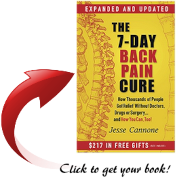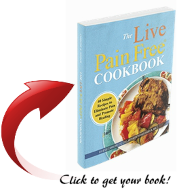Biofeedback aids in pain relief by helping individuals become more aware of and gain control over their physiological responses, which can influence pain perception and management. And before we continue, I want to be clear that I am not a medical professional, and what follows is not medical advice. I am hoping you find value in this topic, and that it becomes a steppingstone for you to do more research on it.

Image by standret on Freepik
Here are some ways biofeedback can contribute to pain relief:
1. Increased Self-Awareness: Biofeedback provides real-time information about physiological processes that may be related to pain, such as muscle tension, heart rate, or skin temperature. By observing these measurements, individuals develop a greater understanding of how their body responds to pain and stress.
2. Relaxation and Stress Reduction: Biofeedback techniques often incorporate relaxation exercises, such as deep breathing, progressive muscle relaxation, or guided imagery. By monitoring their physiological responses and receiving feedback, individuals can learn to consciously induce a state of relaxation, which can alleviate muscle tension and reduce pain intensity.
3. Voluntary Control: With biofeedback, individuals receive immediate feedback on their physiological responses, allowing them to understand how specific actions or thoughts impact their body’s reactions. Over time, they can learn to consciously regulate these responses, such as slowing down their heart rate or relaxing tense muscles. By gaining control over these bodily processes, individuals may experience a reduction in pain.
4. Behavioral Conditioning: Biofeedback can employ principles of operant conditioning, where individuals are rewarded for desired physiological changes. For example, when a person successfully decreases muscle tension or reduces skin temperature, they receive positive feedback, reinforcing the behavior. This conditioning process helps individuals learn to self-regulate their physiological responses and potentially mitigate pain.
5. Coping and Empowerment: By actively participating in their pain management, individuals may experience a sense of empowerment and increased control over their condition. Biofeedback offers concrete and measurable feedback, empowering individuals to take control of managing their pain and thereby potentially enhancing their overall well-being.

It is important to note that biofeedback is typically used as part of a comprehensive pain management approach, and its effectiveness can vary among individuals. It is often combined with other strategies, such as medication, physical therapy, or psychological interventions, to better understand and deal with the various aspects of pain. Consulting with healthcare professionals experienced in biofeedback and pain management can help determine the most suitable approach for individual needs.
To Your Success & Freedom,
Glenn Shimabukuro



